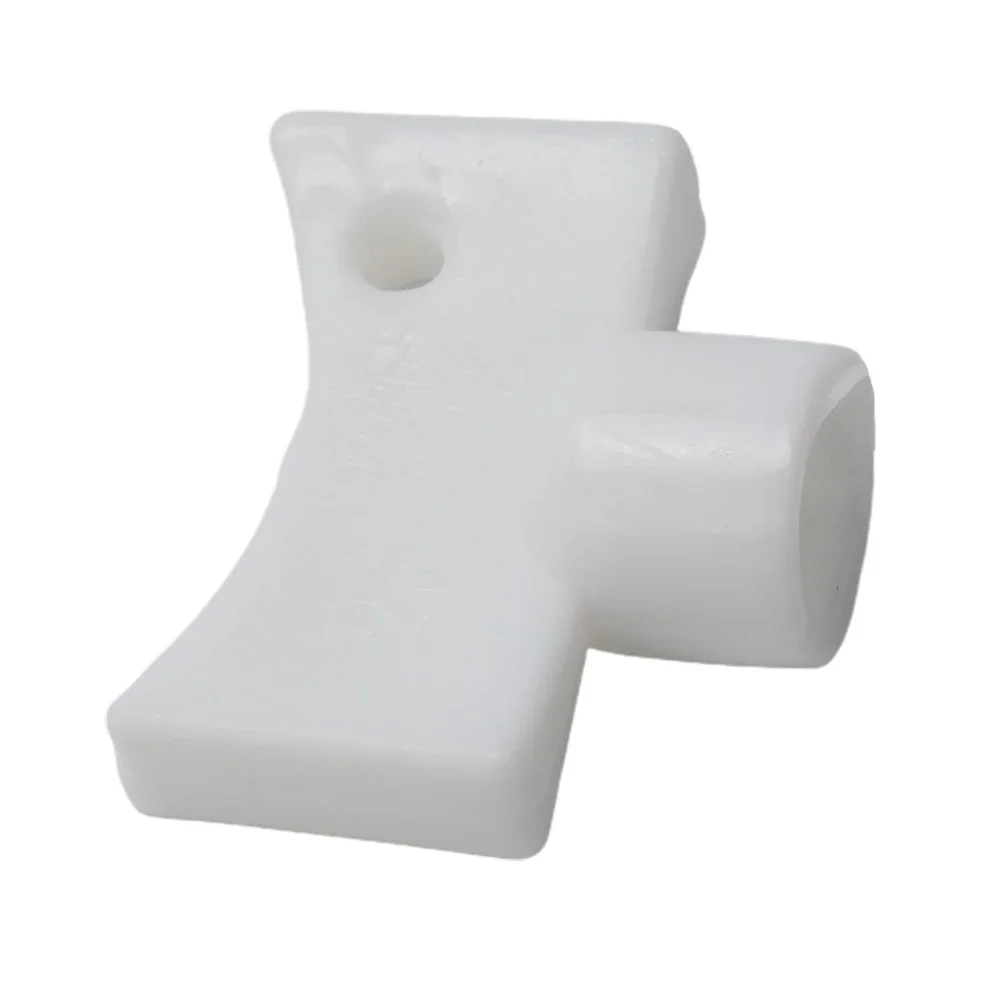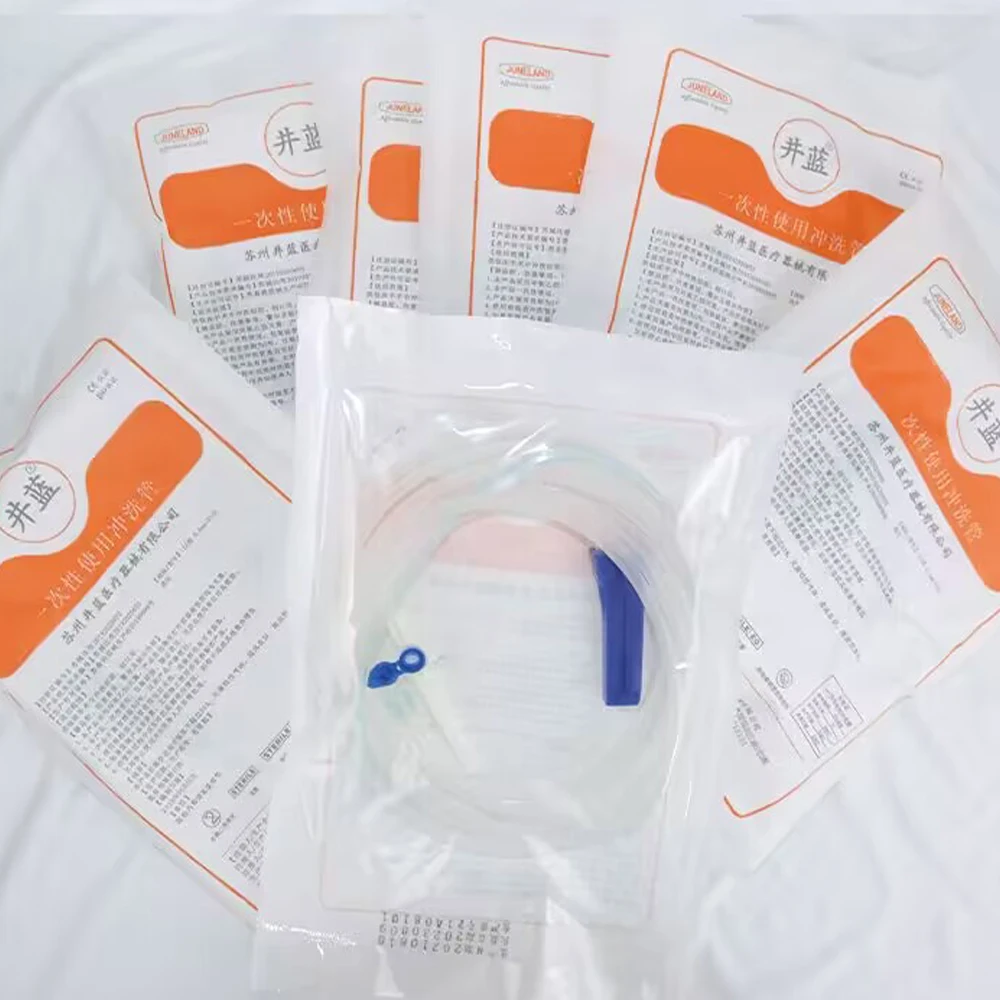What are the differences between dry, wet, and raw dog food?
Asked by: Olivia Miller
Answered by: Robert Taylor
Posted on: October 13, 2024
When it comes to feeding your dog, there are three main types of food to consider: dry, wet, and raw dog food. Each has its own advantages and disadvantages, and the best option for your pet depends on factors like their health, age, breed, and lifestyle. Let’s explore each type in detail.
Dry Dog Food (Kibble)
Dry dog food, also known as kibble, is the most popular choice among dog owners. It is made by mixing ingredients such as grains, meats, and vegetables into a dough, which is then baked and dried into small, crunchy pieces.
- Benefits:
- Convenient and easy to store, with a long shelf life.
- Helps maintain dental health by reducing plaque and tartar buildup.
- More affordable compared to wet and raw food options.
- Drawbacks:
- Lower moisture content, which can be a concern for dogs that do not drink enough water.
- May contain fillers or artificial additives in some brands.
- Nutritional Value: High in carbohydrates and balanced proteins, but quality varies depending on the brand.
Wet Dog Food (Canned)
Wet dog food comes in cans or pouches and contains a higher moisture content compared to kibble. It is often more palatable and easier to digest, especially for older dogs or those with dental issues.
- Benefits:
- High water content, which can help keep your dog hydrated.
- More appealing to picky eaters due to its soft texture and stronger aroma.
- Easy to chew, making it ideal for dogs with dental problems or older dogs.
- Drawbacks:
- More expensive than dry dog food.
- Can spoil faster once opened, requiring refrigeration.
- Does not provide the same dental health benefits as kibble.
- Nutritional Value: Often higher in protein and fat, but make sure to choose a balanced formula to avoid overfeeding.
Raw Dog Food (BARF Diet)
The raw dog food diet, also known as the BARF (Biologically Appropriate Raw Food) diet, consists of uncooked meat, bones, fruits, and vegetables. Advocates of this diet believe it mimics what dogs would eat in the wild.
- Benefits:
- Can improve coat quality, skin health, and energy levels.
- Closer to a dog’s natural ancestral diet.
- Free from artificial preservatives, fillers, and additives found in processed foods.
- Drawbacks:
- Requires careful handling to avoid contamination and foodborne illnesses.
- Time-consuming and expensive to prepare properly.
- Potential for an unbalanced diet if not formulated correctly.
- Nutritional Value: Can be rich in proteins and fats, but must be well-balanced to ensure all essential nutrients are provided.
Conclusion
Choosing between dry, wet, and raw dog food depends on your dog’s specific needs and your lifestyle. Dry food offers convenience and affordability, wet food is ideal for hydration and picky eaters, while raw food can provide a more natural diet if prepared safely. Always consult your veterinarian before making major changes to your dog’s diet.
Source: https://petsquad-usa.work/community_detail/32









